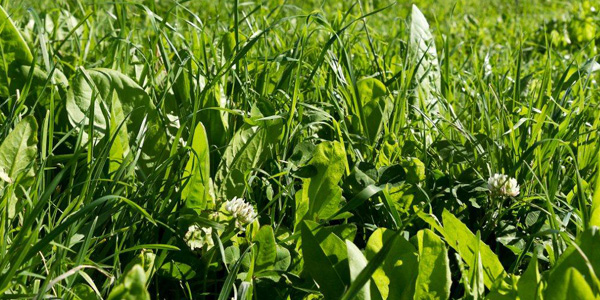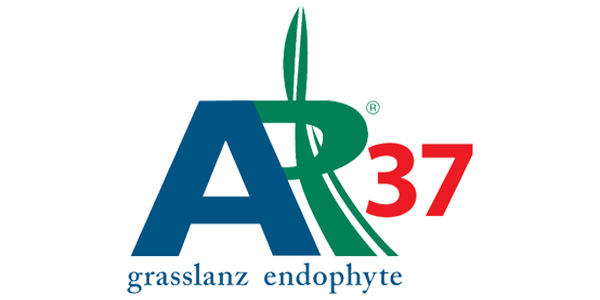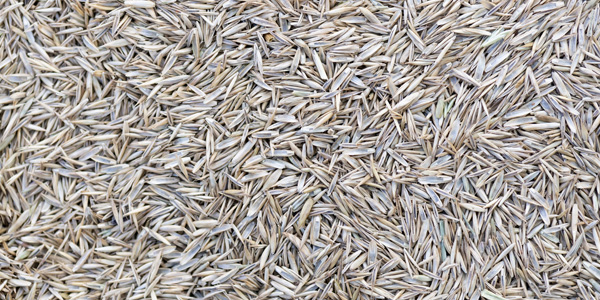
Chicory Grazing: Lambs
Chicory Grazing: Lambs
Grazing Management
It is ideal to establish several paddocks of pure chicory/clover pasture with good access to stock water. To ensure a daily intake for lambs, enough area should be planted to enable a good rotational grazing policy.
Grazing of whole paddocks may be required for the first 1-2 grazings while establishing the crop. Once well established, an area of chicory can be grazed for 3-5 days with a mob of lambs, while longer rotations will require back fencing to avoid lambs grazing regrowth leaves from the crowns of plants.
Some farmers prefer to set stock summer crops and draft lambs off as they become prime. Although this is easier to manage, the maximum output from the crop will be obtained by allocating a set drymatter intake to lambs under a rotational grazing policy. Research has shown significant advantages in favour of rotational grazing over set stocking Choice chicory. This is primarily due to rotational systems allowing the chicory plant to reach its growth potential while a set stocked plant is consistently getting its new growth eaten before it is realising this growth potential.
This system ideally should provide for a minimum 25 day grazing rotation, but may need to be adjusted if growth of chicory is unusually slow or fast. It supplies a daily diet of chicory, which is important because it provides a consistent quality of feed through a rotation. It has also been observed that lambs can be less willing to eat chicory if they have not grazed it for a week or longer.
Farmer experience and research has shown consistent liveweight gain on chicory stands with 200-350 grams/day achievable as an average across the season.
Choice chicory will grow through winter, especially on the warmer sunny faces, so will provide some grazing in early spring although not as much as ryegrass. To counter the reduction in early spring carrying capacity, a crop rotation with Asset Italian ryegrass can be used, this also helps with weed control (see Establishment section on the previous page). For example, if a farm has six paddocks of chicory for grazing, two would be planted each year and in their third autumn planted in Italian ryegrass. This would mean that in each spring, the slower growth from four chicory paddocks will be balanced by the extra growth from two Italian ryegrass paddocks. An additional method to overcome this issue is to plant annual ryegrass in the autumn into paddocks identified for planting into their first crop of chicory during the following spring.
Chicory allows chemical options to control problem grass weeds (e.g. couch or brown top), which harbour “take all”. This is particularly important if forage cereals are going to be used in the rotation. Because chicory is not a grass, grass-weed herbicides (e.g. Sequence™) can be used over chicory crops at any stage and allow several weed sprays when conditions are ideal for control. Grass should be considered a weed in chicory stands and ideally should be controlled prior to the grasses tillering, as this will allow for lower rates of chemical and a more cost effective control.

Our Herbs range
VIEW PRODUCTS




